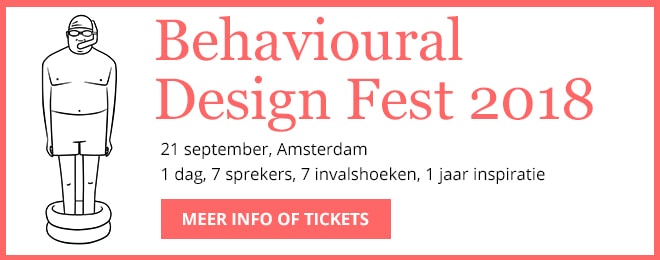
In this blog post I want to explore the concept of value. I want to argue that Behavioural Design is as much about influencing how people perceive and experience things, as it is about changing actual behaviour. The design of psychological value is in my opinion a great concept to think about how to change perception and experience.
Value is a critical concept in economics. Peter Drucker famously said: “The purpose of a business to create a customer”. And the only way to create a customer, is to make him appreciate the value of what the company is offering for a reasonable price. But what is value really? And are we good at calculating the value or something?
We are price clueless
Well, it turns out we’re terrible at understanding value. In the book Priceless, William Poundstone explains the concept of “Price Cluelessness”. Because we have no idea of what something should cost, our System 1 – or automatic brain – is always relying on shortcuts to figure out the value of something. If we see a nice pair of sunglasses in a Chanel store, we expect them to cost € 200. But in an H&M store, these € 200 sunglasses would never sell. Even worse: people would be outraged. The context determines how to decode the value.
We even take price as a clue
Our incompetence for understanding value gets even worse: We tend to look for the price itself to find a clue whether something must be valuable. Something is priced high; therefore it must be excellent, otherwise, they would never price it this high. Also, when we really want the high-priced item, we tend to look for explanations, to trick ourselves into believing it’s actually a bargain. Stella Artois once campaigned around this idea. You could buy a coupon to pay even more for your Stella, thereby underscoring its brand promise “reassuringly expensive”. What most people in Britain don’t know is that in Belgium, Stella Artois’ home country, Stella is just an ordinary beer.

Popularity as a shortcut for value
The fact that something is popular is also a classic “System 1”-shortcut for determining the value of something: Many people want this item, therefore it must be good. Popularity helps you to decide without having to think about that decision. This is probably one of the most critical roles of branding: You know you can’t miss with buying a Jack Daniels, because you know everybody knows Jack Daniels.
Psychological value
The examples above are classic behavioural psychology tricks on how to influence the perception of value. But that’s the easy part. It gets much more interesting when you approach value from a human-centred point of view. Human-centred designers take irrational humans as their point of departure, for which they design answers and solutions. And when you depart from humans, you ask yourself questions like ‘How might we help people to…’:
- Achieve their goals and realize their dreams?
- Build positive long-term habits?
- Resist their impulses and temptation?
- Look at reality in new ways to trigger positive action?
- Feel appreciated and respected?
- Take away pain or frustration in their current experience?
Behavioural Design is fascinated with humans, their dreams, their fears, their bad habits, frustrations and their desire for happiness. And if we can understand them and design solutions form them, we will create psychological value.
Psychological Innovation
Once you start looking at reality through the lens of psychological value, you can see it everywhere:
- Mom in Balance makes it much easier to stick to your workout habit because you meet up every time with the same group of mums like you.
- The value of your restaurant experience goes through the roof if the chef decides to have a drink at your table
- The € 10 you pay extra to sit in one of the front rows in an Easyjet-flight is the cheapest possible way to feel subjectively richer than the majority of people.
- Airbnb is selling you the feeling that you are experiencing the city like someone who lives there. That’s priceless.
- Uber makes a taxi experience 100x less frustrating because you know exactly when your car will show up, you know how much the ride will cost and you don’t need to have a transaction with the driver.
- Would you prefer to work at the helpdesk or at the customer success team? Both jobs are exactly the same, but the second one feels so much better
Once you start thinking about creating psychological value for humans, you try to come up with ideas to help them to overcome stress, anxiety, insecurity, bad habits. Or to help them to achieve their goals, dreams and aspirations and to experience joy, fun and surprise. The number of things you can do to innovate are endless.
When it comes to innovation, we’re too often looking in the wrong direction. We think it’s about technology, but it’s really about creating psychological value.
—
PS: Our Behavioral Design Method is a method to spot opportunities for psychological value. It’s a fast-paced highly-structured process to turn hypothesis into ideas and to prototype and test what works and why it works. You can learn the method in our Behavioural Design Academy or apply the method to solve a business challenge in a Behavioural Design Sprint.
How do you do. Our name is SUE.
Do you want to learn more?
Suppose you want to learn more about how influence works. In that case, you might want to consider joining our Behavioural Design Academy, our officially accredited educational institution that already trained 2500+ people from 45+ countries in applied Behavioural Design. Or book an in-company training or one-day workshop for your team. In our top-notch training, we teach the Behavioural Design Method© and the Influence Framework©. Two powerful tools to make behavioural change happen in practice.
You can also hire SUE to help you to bring an innovative perspective on your product, service, policy or marketing. In a Behavioural Design Sprint, we help you shape choice and desired behaviours using a mix of behavioural psychology and creativity.
You can download the Behavioural Design Fundamentals Course brochure, contact us here or subscribe to our Behavioural Design Digest. This is our weekly newsletter in which we deconstruct how influence works in work, life and society.
Or maybe, you’re just curious about SUE | Behavioural Design. Here’s where you can read our backstory.
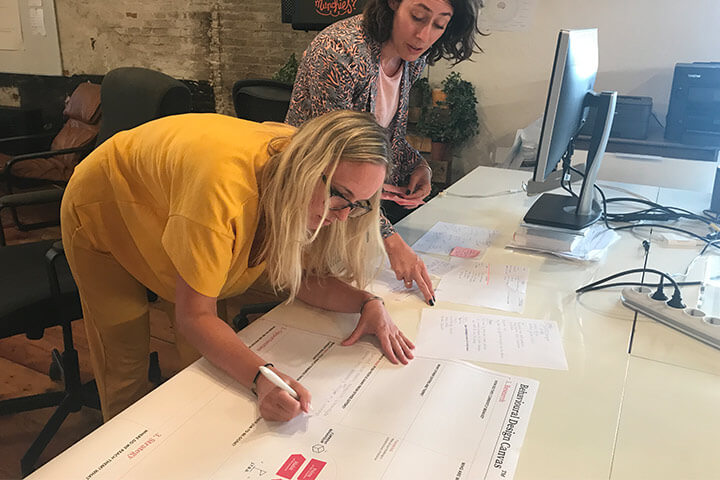


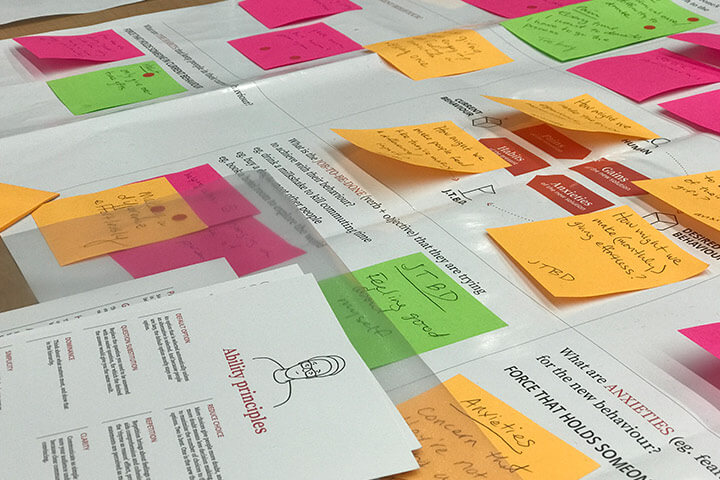
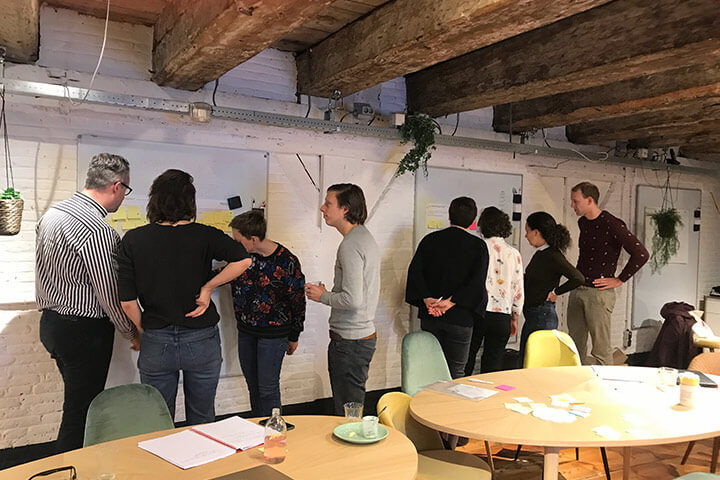
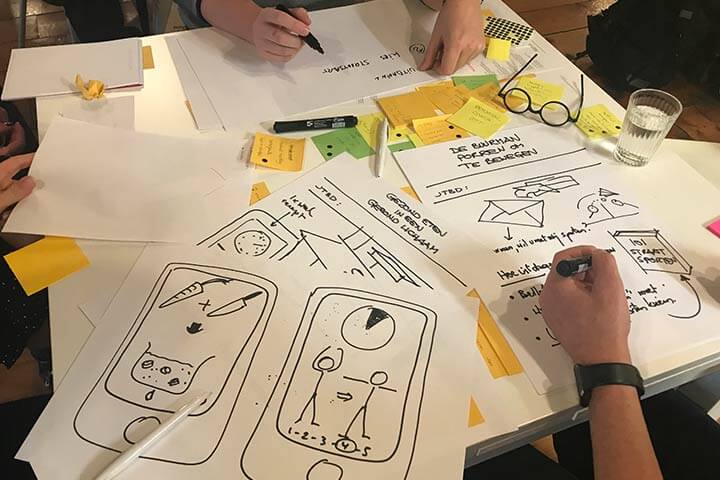






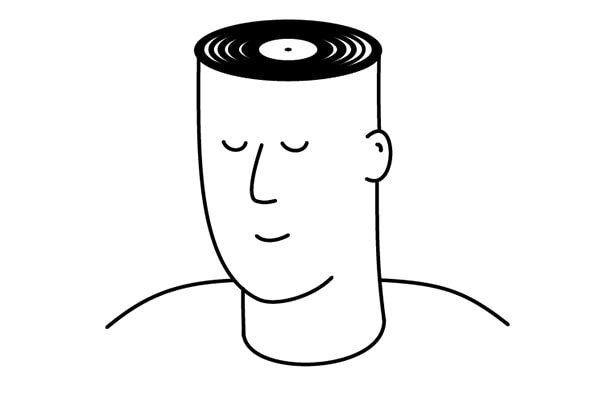
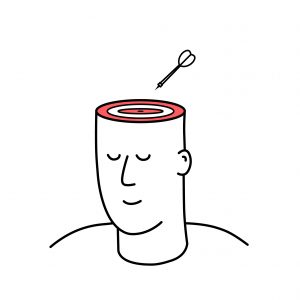

 The future is complex because of exponential technologies. Technological progress is now accelerating so fast that a lot of things that seemed impossible two years ago are already achieved. Just to give you a couple of recent examples that were featured in
The future is complex because of exponential technologies. Technological progress is now accelerating so fast that a lot of things that seemed impossible two years ago are already achieved. Just to give you a couple of recent examples that were featured in  The second problem with forecasting is that the future is that we have to deal with accelerating complications. Stability is rapidly crumbling on a global scale. The failure of the radicalised free-market to create prosperity and wealth for the many, instead of the few, has set into motion accelerating public anger towards the leading elites. This resulted in a global rise in the demand for radical leaders. This accelerating demand for radical nationalistic leaders has created a critical threshold of leaders that make any coordinated attempt to fight the wicked problems of this time impossible. The Trumps, Putin’s, Orban’s, etc. of this world continuously need to signal their virility to their base. In the world of the alpha male leader, compromises are for pussies.
The second problem with forecasting is that the future is that we have to deal with accelerating complications. Stability is rapidly crumbling on a global scale. The failure of the radicalised free-market to create prosperity and wealth for the many, instead of the few, has set into motion accelerating public anger towards the leading elites. This resulted in a global rise in the demand for radical leaders. This accelerating demand for radical nationalistic leaders has created a critical threshold of leaders that make any coordinated attempt to fight the wicked problems of this time impossible. The Trumps, Putin’s, Orban’s, etc. of this world continuously need to signal their virility to their base. In the world of the alpha male leader, compromises are for pussies.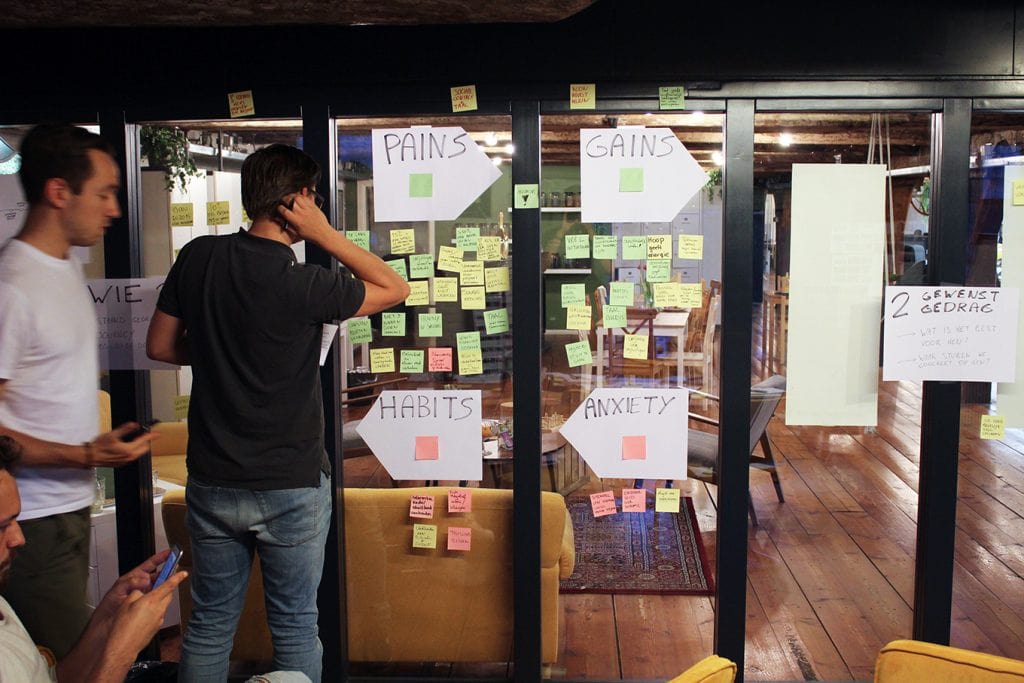
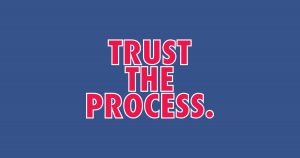
 Whether the goal of the sprint is to create new value propositions or service and product innovations, the underlying promise is that the Sprint will provide them with a systematic approach to solve customer problems. The beauty of a (behavioural) design sprint is that its setup forces the participants to approach the problem with a rigor they haven’t probably experienced before: The sprint method forces them to get a better understanding the problem. It forces them to formulate hypotheses on how to solve those problems. It forces them to prototype multiple solutions, and finally, it forces them to learn which prototype works and why it works. By going through these steps, the (Behavioural) Design Sprint protects client teams against their own biases, and it protects them from the HIPPO in the room. The HIPPO is the Highest Paid Person in the Organization, who believes he/she is being paid to know best what the right strategy is. This alone already makes a sprint incredibly valuable.
Whether the goal of the sprint is to create new value propositions or service and product innovations, the underlying promise is that the Sprint will provide them with a systematic approach to solve customer problems. The beauty of a (behavioural) design sprint is that its setup forces the participants to approach the problem with a rigor they haven’t probably experienced before: The sprint method forces them to get a better understanding the problem. It forces them to formulate hypotheses on how to solve those problems. It forces them to prototype multiple solutions, and finally, it forces them to learn which prototype works and why it works. By going through these steps, the (Behavioural) Design Sprint protects client teams against their own biases, and it protects them from the HIPPO in the room. The HIPPO is the Highest Paid Person in the Organization, who believes he/she is being paid to know best what the right strategy is. This alone already makes a sprint incredibly valuable.



